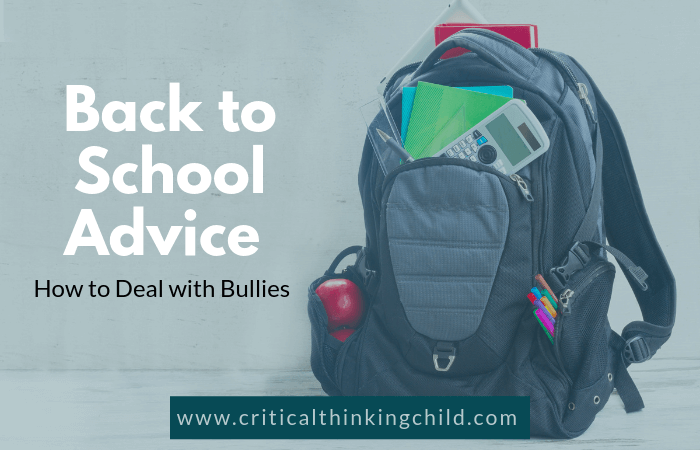It’s the first days of school and school bullies can surface on the playground, lunch room or school bus. Rachel Hollis has back to school advice for parents and students on dealing with relationships and school bullies. Rachel Hollis is a motivational speaker and a mother of four children. She has written #1 New York Times best-selling author of Girl, Wash Your Face.This back to school season, she shares some sound advice for girls and boys facing friendship issues and bullying at school.
She recently released a video on Youtube highlighting the FIVE things middle school and high school students need to know now that they are back in school. Things like be confident, practice makes progress, love yourself, dealing with bullies and more. You can watch the full video here alongside your pre-teens.
Advice for Parents
Often times when young children hit their pre-teens their ‘bully’ personalities have already begun to make mischief. This is why it’s so important to teach fairness, sharing, and compassion from an early age.
My experiences with parents and teachers who deal with school bullies and bullied children led to the creation of Stanley the Snack Snatcher. This short, compelling story provides teachers and parents with a tool to begin conversations about bullying.
No parent wants to hear that their child is bullying or being bullied, but the sooner parents are involved, the better. Teachers should immediately communicate any concerns about bullying to the parents of the bully and the bullied. This can help in two main ways.
Advice for Teachers
There are many ways to do this, but one that many teachers use is a daily circle time with an activity called “Give, Get, Pass.” Each student gets a turn in the circle, and when it is their turn, they can choose to give a compliment to the classmate of their choice, get a compliment from a classmate of their choice, or simply pass. At first, this activity is very surface level- “I like your clothes. I like your hair,” but with time, grows much more meaningful and really makes each student feel valued. Another circle time activity is a daily share, where one or two students share anything they want- something they did at home, something they’re excited about, something that happened at lunch. Other students actively listen and ask questions about the sharing topic.
The activity itself isn’t as important as the intention behind it; encouraging compassion, understanding, and a safe place to share. Outside of circle time, this community can be emphasized by promoting collaboration and discussion. Showing each child that their opinion is valued, not just by the teacher, but also by their peers, is crucial to building empathy.
At the end of the day, I believe it is vital for all children to learn how to value the differences among their peers, maintain a sense of community, and deal with conflict in an empathetic manner.
We all want what is best for our children, and part of this is providing a safe, healthy learning environment filled with mutual respect and trust. By approaching the issue of bullying from an early age, we can cultivate this environment.



